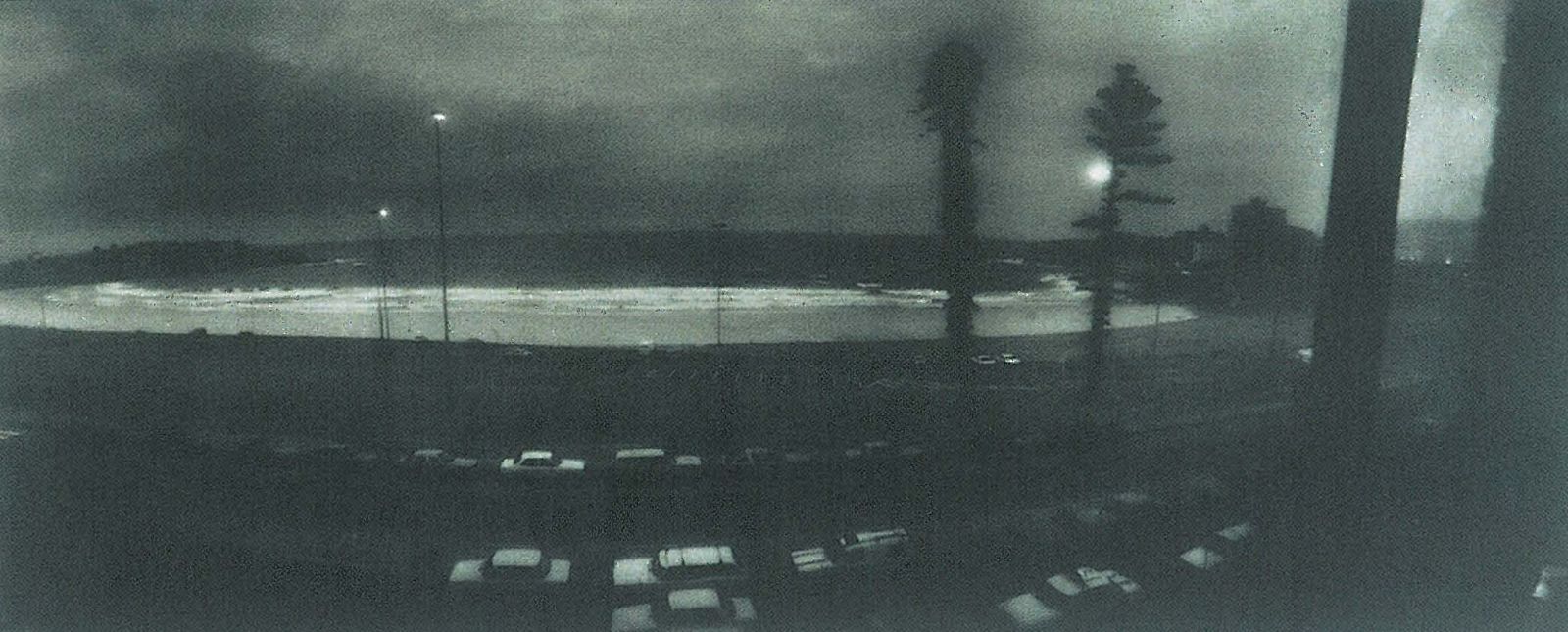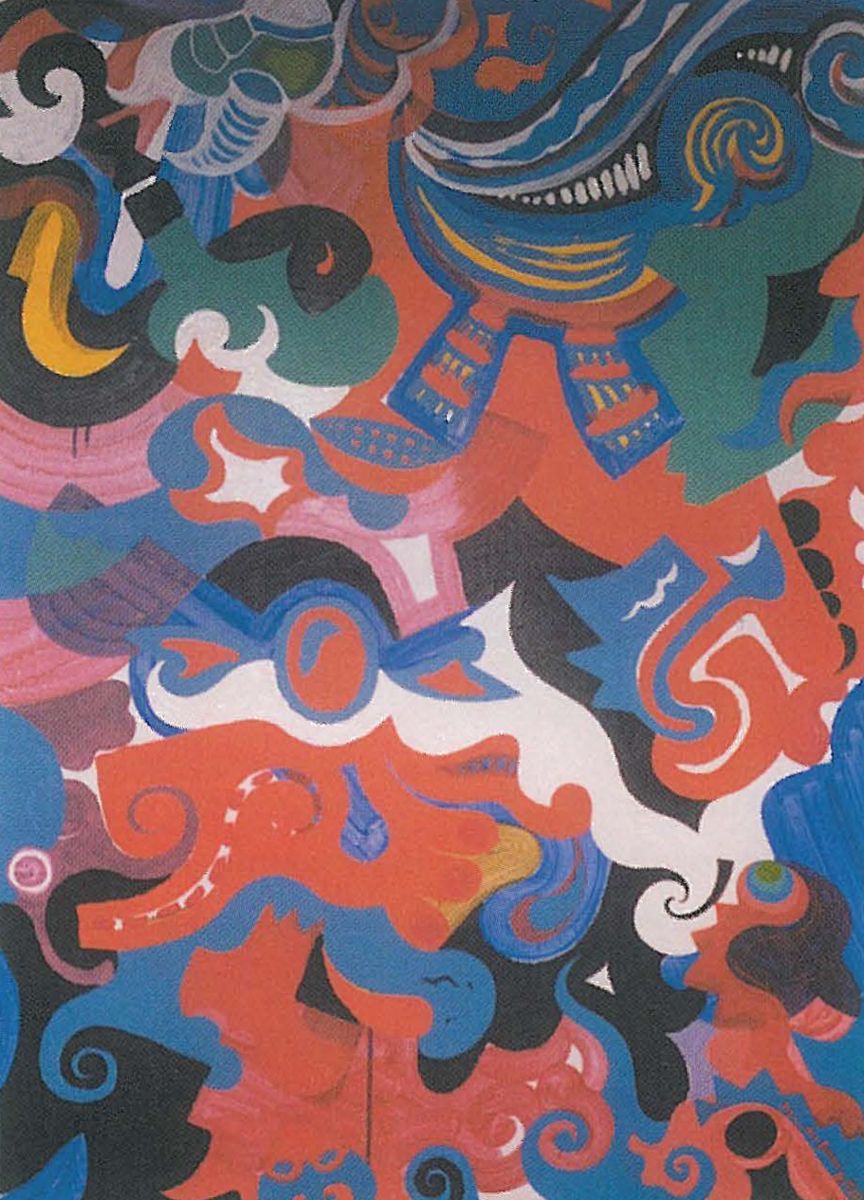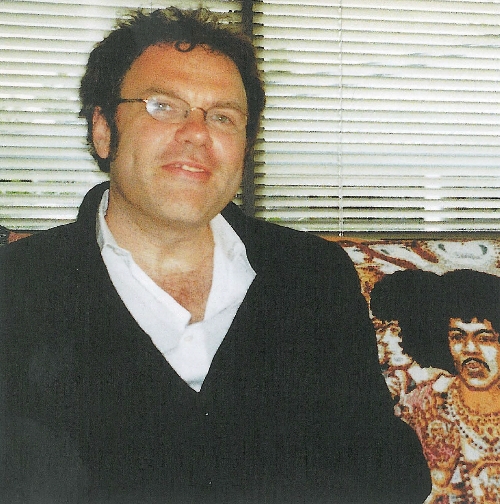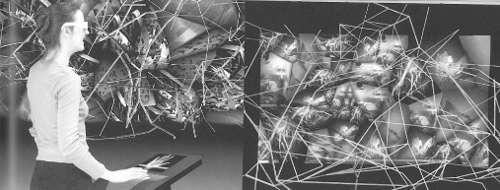
Three decades ago when curatorship dealt (almost exclusively) with historic art and government funding flowed towards historic projects generated by small galleries the themed historic show was a staple of Victorian regional galleries. Now they are far less common. Australia Council funding policy has precipitated this change, as too the costs and logistics of handling historic art at current market valuations. Possibly also there is a grudging public tolerance of 'contemporary' art as the norm; art is basically arcane not legible. Perhaps the theme approach often left much to be desired – a vacuous exercise of filling in the dots: think of a theme and throw the paintings together. Two recent exhibitions of differing scales on Melbourne's outskirts indicated how intelligently probing themes can prompt reconsideration of cultural dynamics. My Country was bound by the constraints of the University art collection which it drew upon. It posed a pertinent but rarely asked question: what has happened to Australian landscape painting between Williams and Mung Mung? Nocturne revived the eclectic and diverse tradition associated with the Victorian Regional Gallery circuit two or three decades ago.
The formalist My Country foregrounded gesture, the emotions of colour, analogies, parallels, signs, codes: how does non-representational painting communicate. Memory and repertoire suggests that abstract painting, with its strongly romantic fascination with landscape, is more familiar and accessible than popular antipathies assume. Abstraction for the last four decades has essentially facilitated white Australians in making sense of their environment. Beyond the overriding romance dominating even contemporary landscapes, Alessi identified a diverse catchment of modes, ranging from internationalist influences in the late 1950s to the inwards and contemplative influences from indigenous spirituality. Landscape subjects were multiple, the beach as in Mark Schaller's On the Beach 1984, Mike Brown's allusion to an urban environment and Marlene Obree's Sunlight on the Water also from 1984. Obree's enigmatically unknown work, bought two decades ago from a student exhibition, dominated the hang. Gallery staff themselves are mystified how an artist so competent and literate in abstraction and mark making could leave so slight a trace on posterity. The project revealed a clear change of direction. The confidence of Laycock, Williams or Hodgkinson – the latter abstract incorporating real sand and soil as testament - is replaced by the meditative analysis of Rebecca Mifsud's The Reawakening: Mootwingee to Melville Caves 1996. Mifsud suggests that landscape is occult and mobile, a process in which white presence intervenes and intrudes. Public awareness of indigenous landscape painting such as Patrick Mung Mung's Warwoljun (Red Butt, Texas Downs Station) 1998 has shifted attitudes. The show itself encouraged the contemplative analysis of subtle marks which Mifsud placed as central to understanding place.

Nocturne was more grandiloquent, mixing decades and media like an auction viewing. It had a genial white noise of competing agendas from piety to alienation. Granted that the Nocturne brief was less rigorous than My Country, it shone a flashlight into unfamiliar aspects of the Australian psyche. Night's many symbolic metaphorical associations made a multi-layered and emotionally provocative show. Danger was highlighted by works from the Australian War Memorial, sexuality through the Angry Penguins to Bill Henson and race through colonial to contemporary works. Nocturne also dealt in stasis and infinity, a less familiar lyrical vocabulary of the poetics of night in Australian art. Perhaps because 'light' and 'darkness' are the medium's foundations, photographic works consistently held out against more painterly expressive visions. The selection of photographs was rich, dating back to pictorialism from the turn of the century through to the present and overturned conventional foregrounding of oil painting. The power of Tracey Moffat's black Alice/Little Red Riding Hood in a Disney-esque wonderland was a tour de force, but it was an unexpected pleasure to make emotional and cultural sense of Tim Storrier's paintings. Night belongs to the artworld itself as suggested by Callum Morton's International Style, 2000 a miniature sculptural rendition of Mies van der Rohe's Farnsworth House, broadcasting the sounds of a happy party (at times punctuated by gun shots).
Nocturne was a suave curatorial experience by art consultant John Buckley highlighting the present close association in Australia of commercial and public gallery art events in relation to contemporary art. Certainly trade knowledges gave access to the plethora of unfamiliar works. Conversely My Country was sponsored by the Art History Alumni of La Trobe University through an ongoing program to facilitate the voices of art history graduates being heard despite the limited range of venues that support art historical and theoretical writings from beyond the centre.












